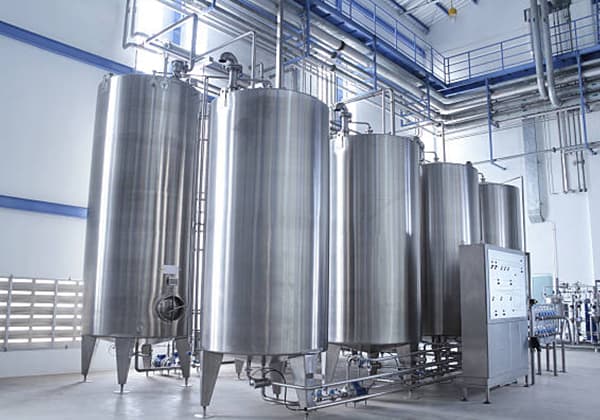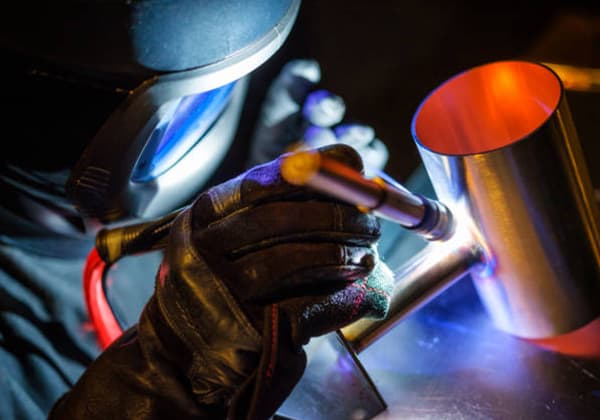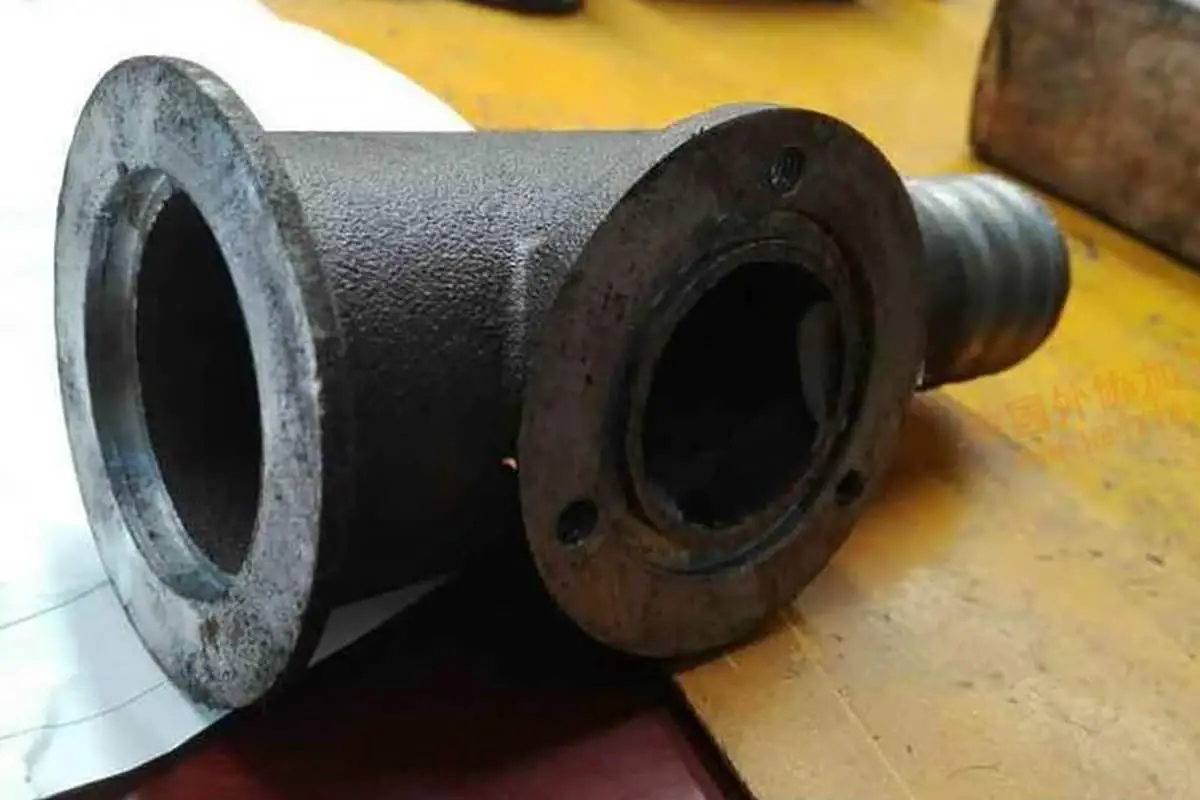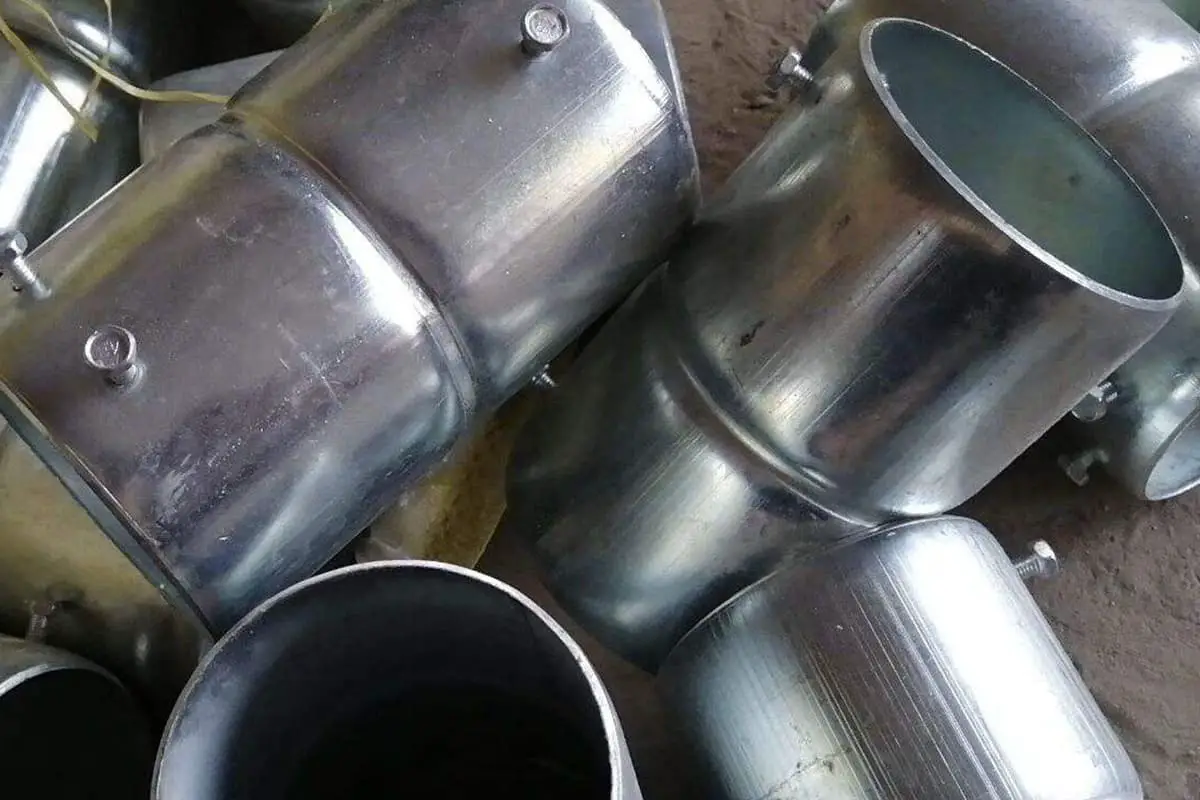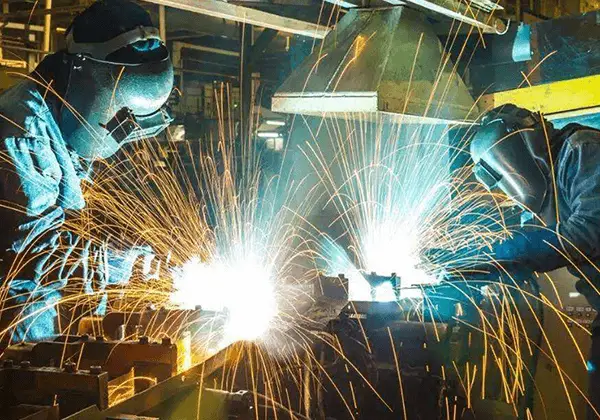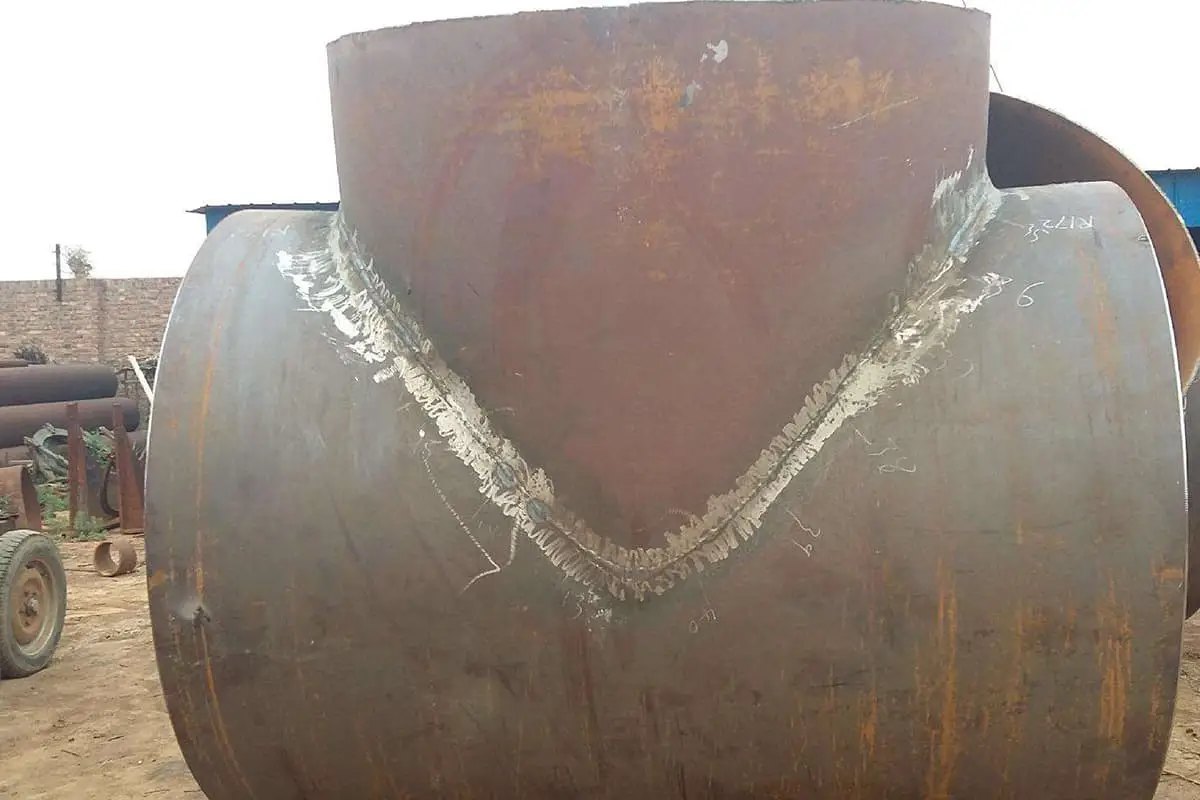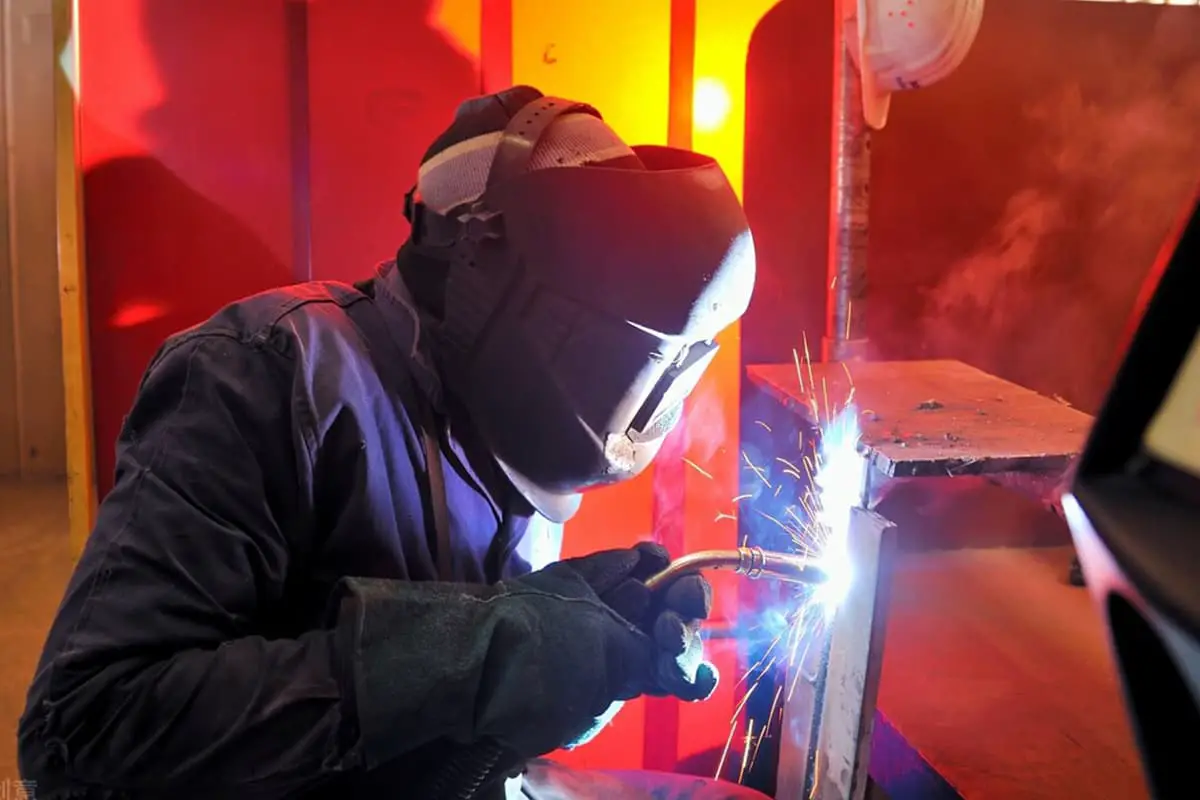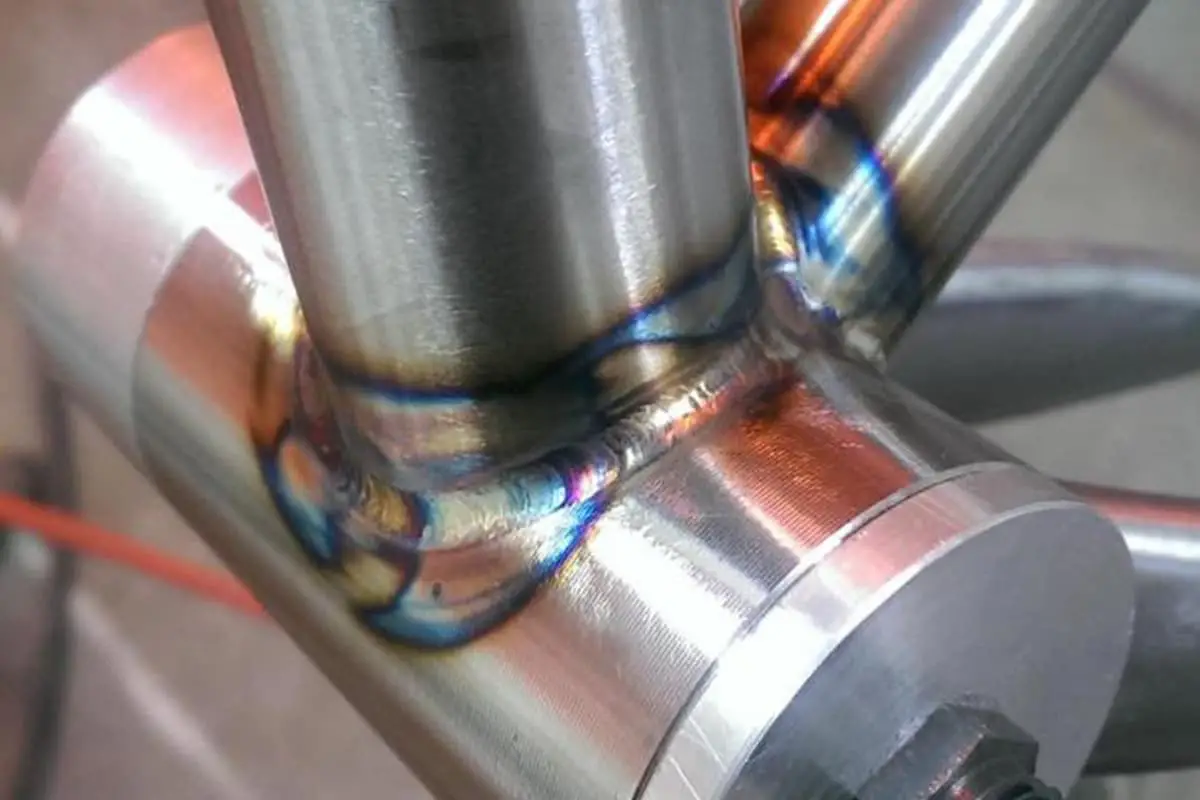
Why can low-carbon steel be welded easily while high-carbon steel poses challenges? This article explores the weldability of different types of carbon steel, highlighting how varying carbon content impacts the process. You’ll discover the specific properties that make low-carbon steel ideal for welding and why high-carbon steel requires special techniques to prevent cracking. Learn what factors to consider to ensure successful welding outcomes with different carbon steels.
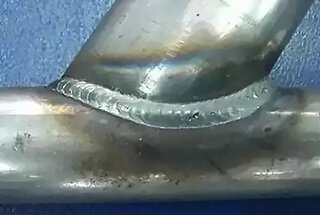
According to the chemical composition of steel, it can be divided into two main categories: carbon steel and alloy steel.
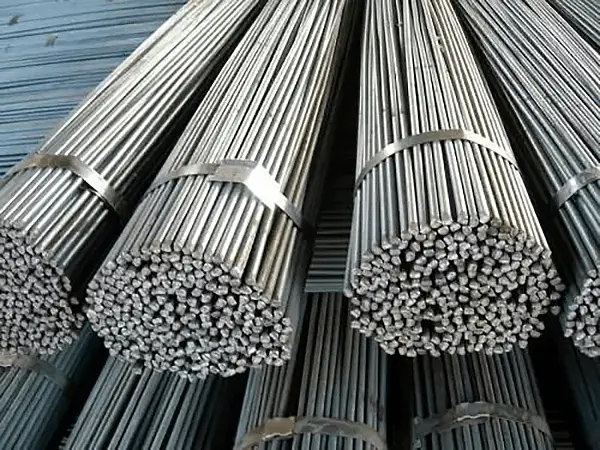
Carbon steels are subdivided into:
(i) Low carbon steel with a carbon content of less than 0.25%;
(ii) Medium carbon steel with a carbon content of 0.25 – 0.6%;
(iii) High-carbon steel with carbon content larger than 0.6%.
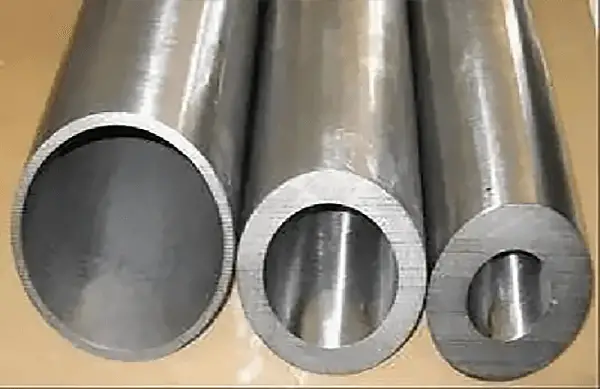
Mild steel is a type of carbon steel with a carbon content of less than 0.25%. It is also known as mild steel due to its low strength, low hardness, and softness.
Mild steel encompasses most of the ordinary carbon structural steel and some of the high-quality carbon structural steel. It is typically used for engineering structural parts that do not require heat treatment and for mechanical parts that require wear resistance, which can be achieved through carburizing or other heating treatments.
Medium carbon steel, which has a carbon content of 0.25% to 0.60%, is known for its good hot working and cutting performance, but poor welding performance. It has higher strength and hardness than low carbon steel, but lower plasticity and toughness. It can be used directly in cold-rolled or cold-drawn materials, or after heat treatment without further treatment.
With proper quenching and tempering, medium-carbon steel has good overall mechanical properties, with a maximum hardness of around HRC55 (HB538) and a tensile strength of 600 to 1100 MPa. This makes medium-carbon steel the most widely used among medium strength materials.
In addition to being used in construction, medium-carbon steel is also commonly used in the production of various mechanical parts.
High carbon steel, with a carbon content ranging from 0.60% to 1.70%, is also known as tool steel. It can be quenched and tempered, but has poor welding performance. Tools such as hammers and crowbars are made from 0.75% carbon steel, while cutting tools like drills, screws, and reamers are made from 0.90% to 1.00% carbon steel.
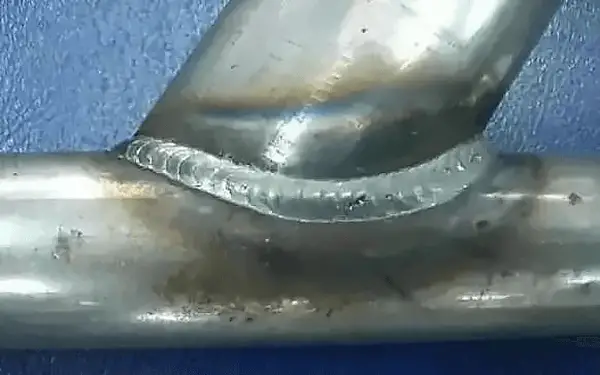
The weldability of steel is primarily determined by its chemical composition, with carbon being the most important factor. Although other alloying elements in steel can also affect its weldability, their impact is generally much smaller compared to carbon.
Low-carbon steel typically has good weldability and does not require special measures. However, in low temperatures or when welding thick plates or high requirements, the use of basic electrodes and preheating may be necessary. If the carbon and sulfur content of low-carbon steel exceeds the upper limit, measures such as the use of high-quality low-hydrogen welding rods, preheating and post-heating, and proper groove selection should be taken to prevent thermal cracks.
Medium-carbon steel is prone to cracking during welding, especially when the carbon content is high. This is because the higher the carbon content, the greater the hardening tendency of the heat-affected zone, leading to a higher risk of cold cracking and decreased weldability. The carbon content of the weld metal will also increase as the carbon content of the base material increases, further increasing the risk of cracking.
The presence of sulfur in medium-carbon steel can amplify the risk of thermal cracks during welding. To mitigate this risk, a basic electrode with good crack resistance should be used, and measures such as preheating and post-heating can be taken to reduce the tendency of cracking.
High-carbon steel has the worst weldability due to its high carbon content, which leads to high welding stress and a greater risk of hot and cold cracking in the heat-affected zone. Welds in high-carbon steel are also more prone to hot cracks compared to medium-carbon steel. As a result, high-carbon steel is not commonly used in general welding structures and is only used for repair welding or surfacing of castings.
After welding, it is important to temper the welded parts to relieve stress, stabilize the microstructure, and prevent cracks, thus improving the performance of the weld.

